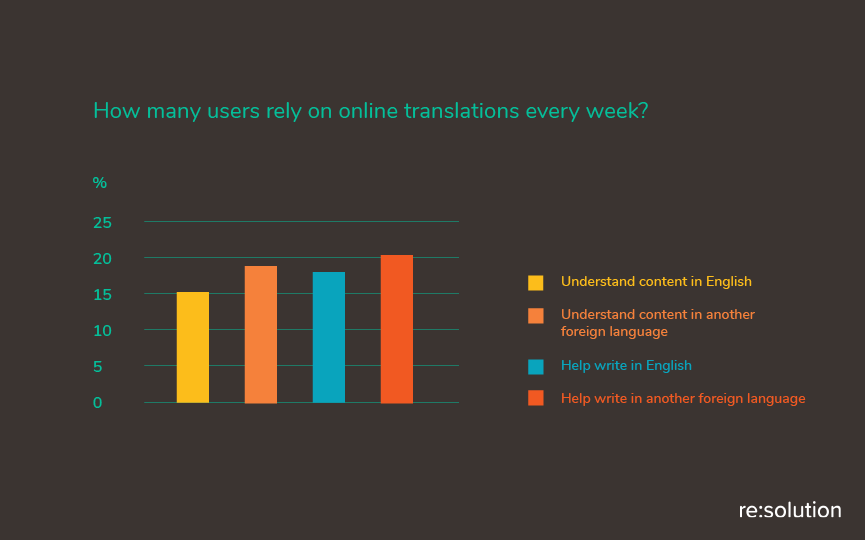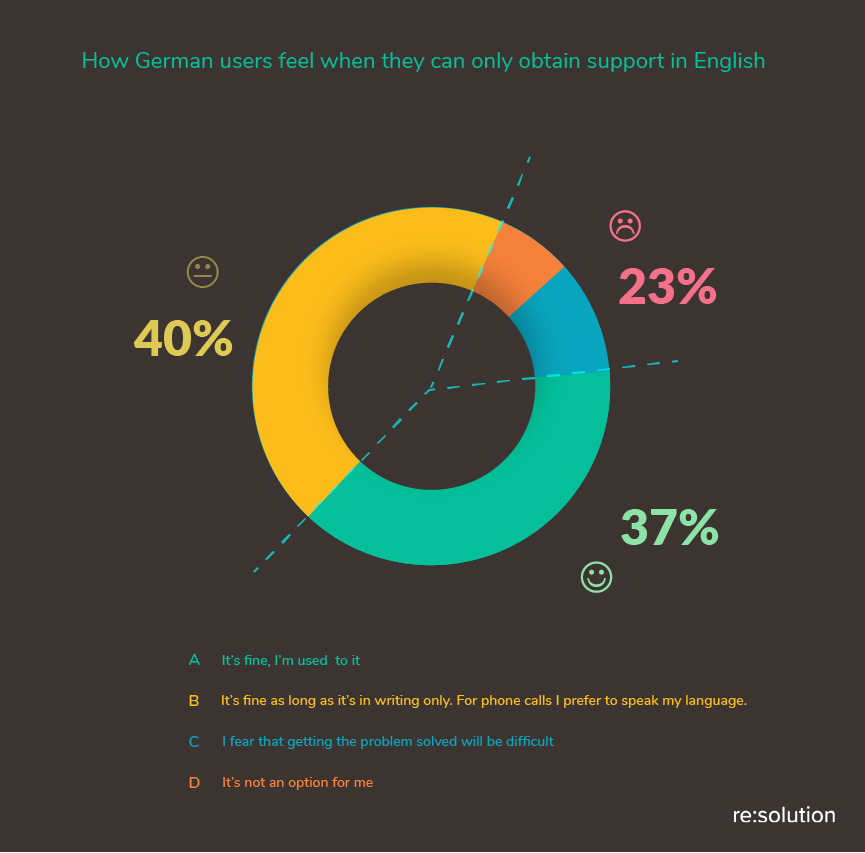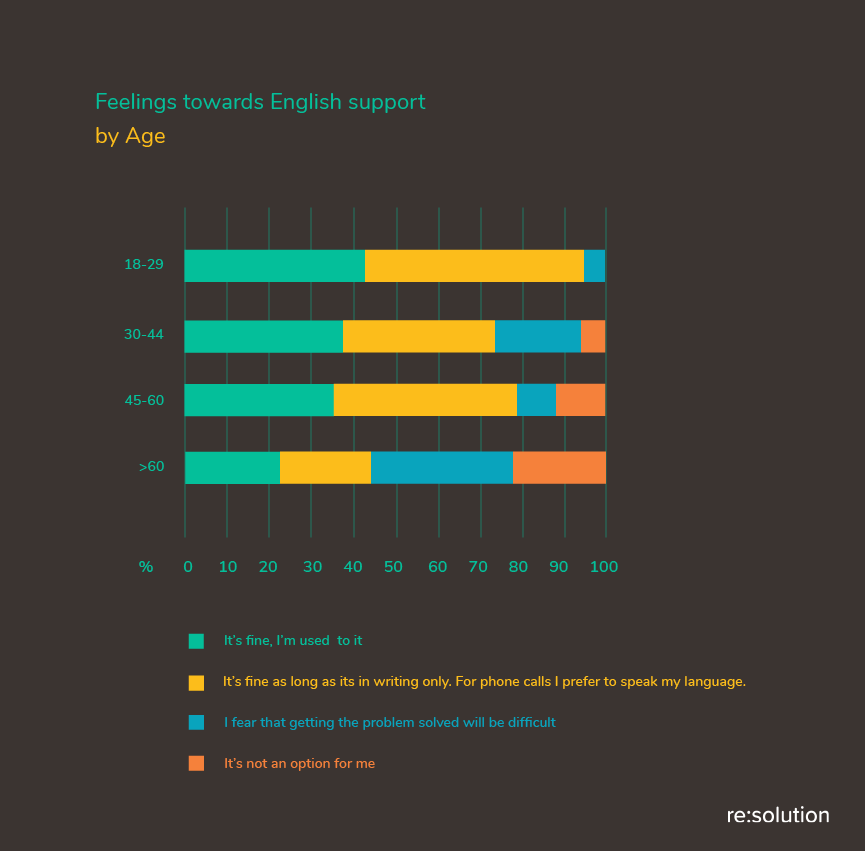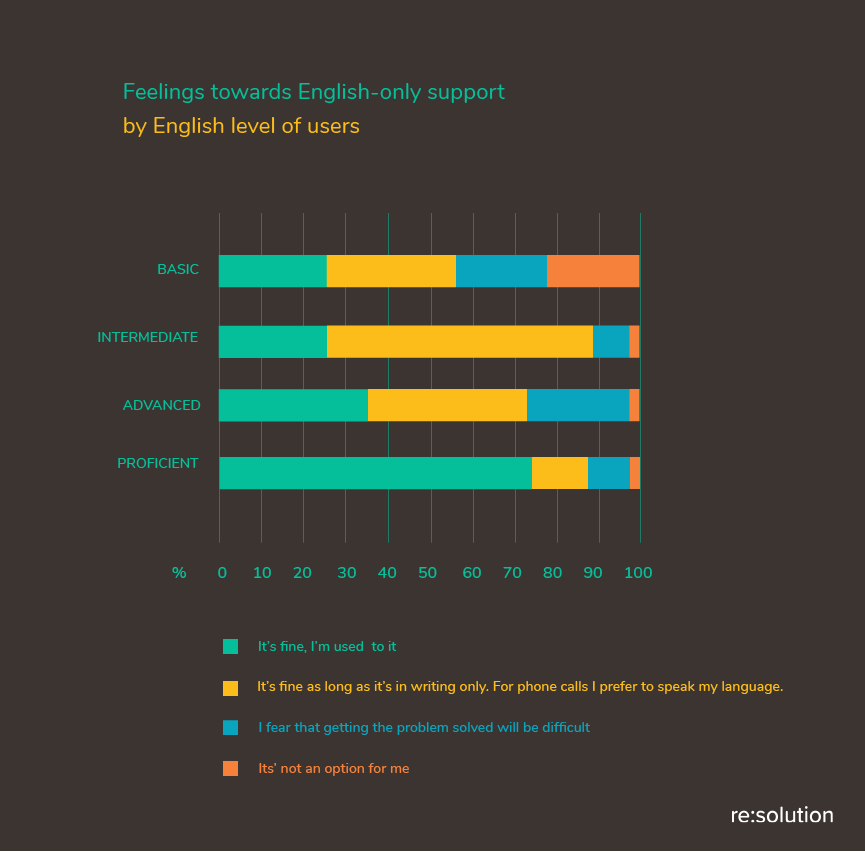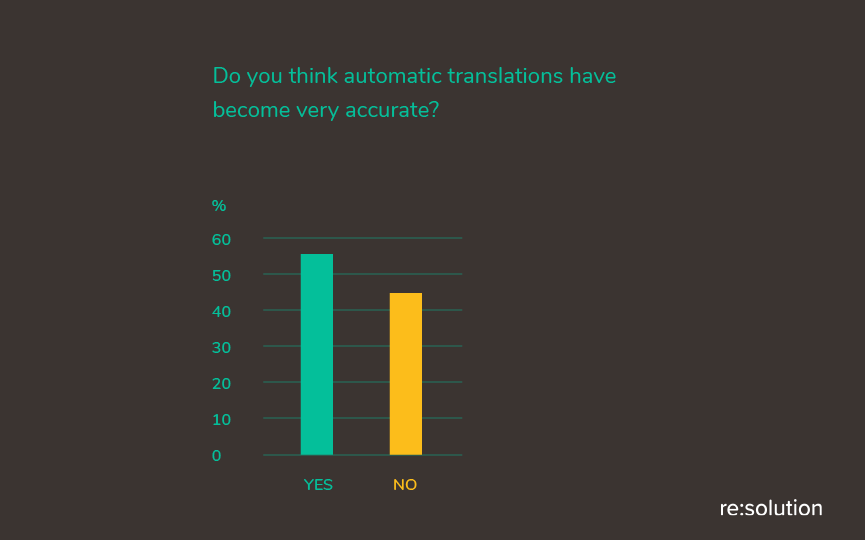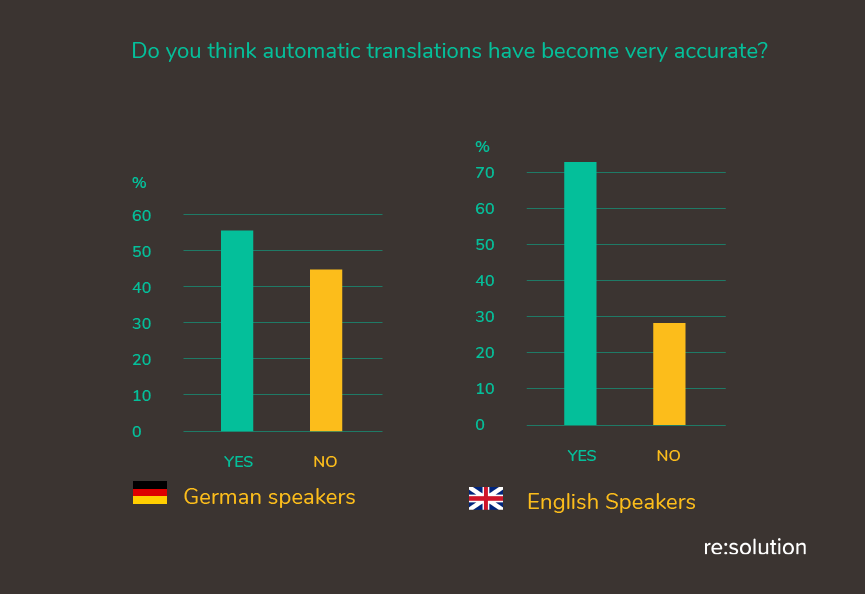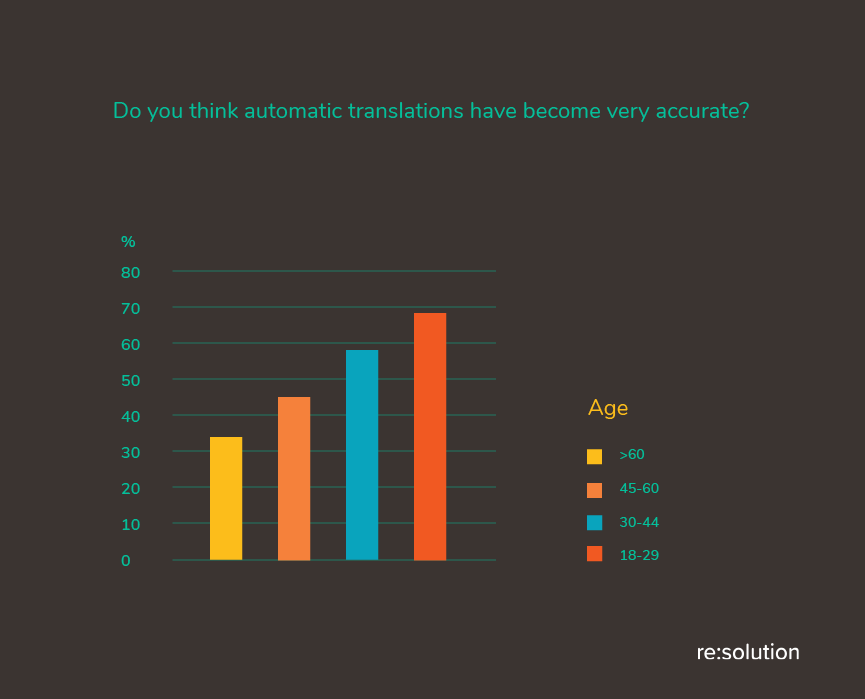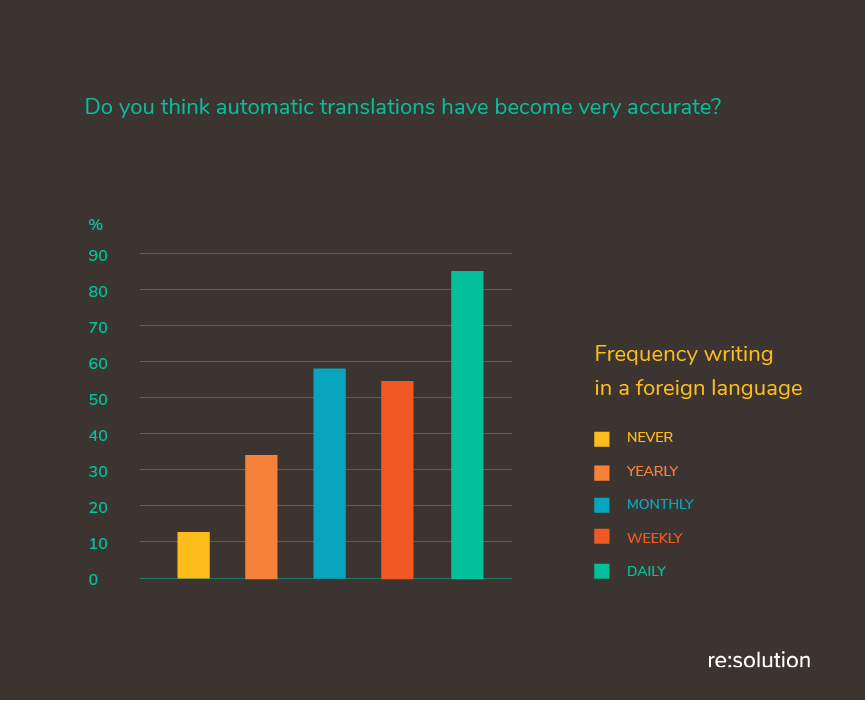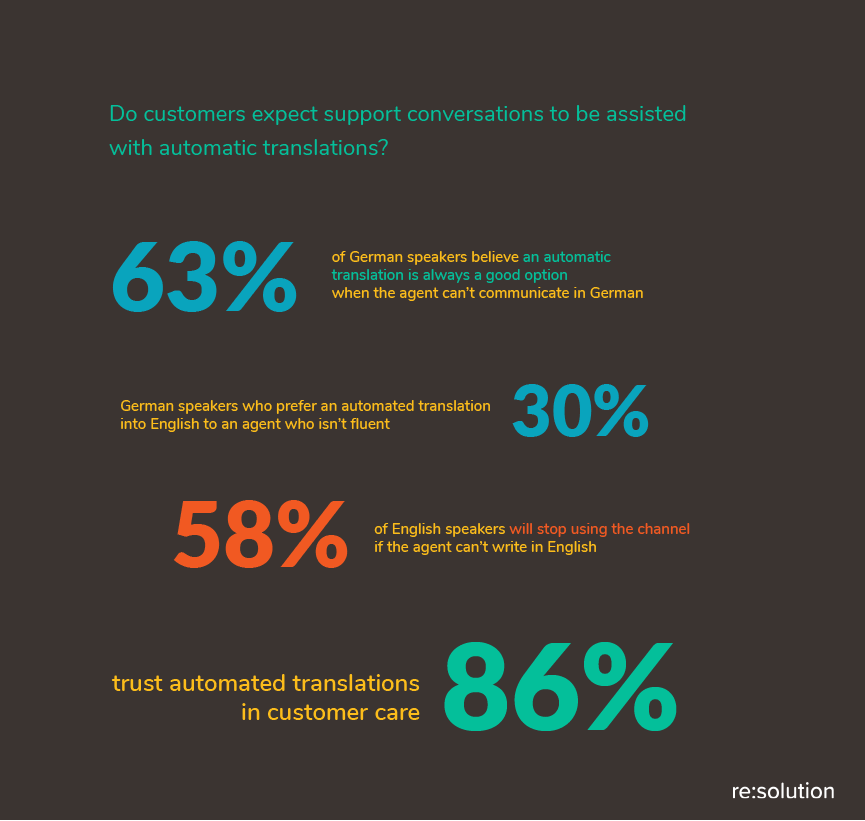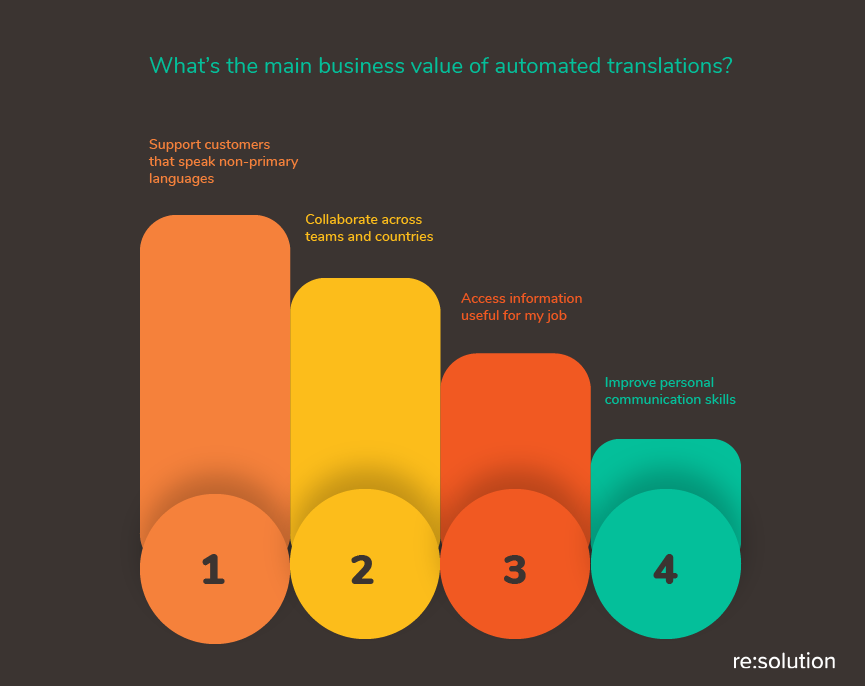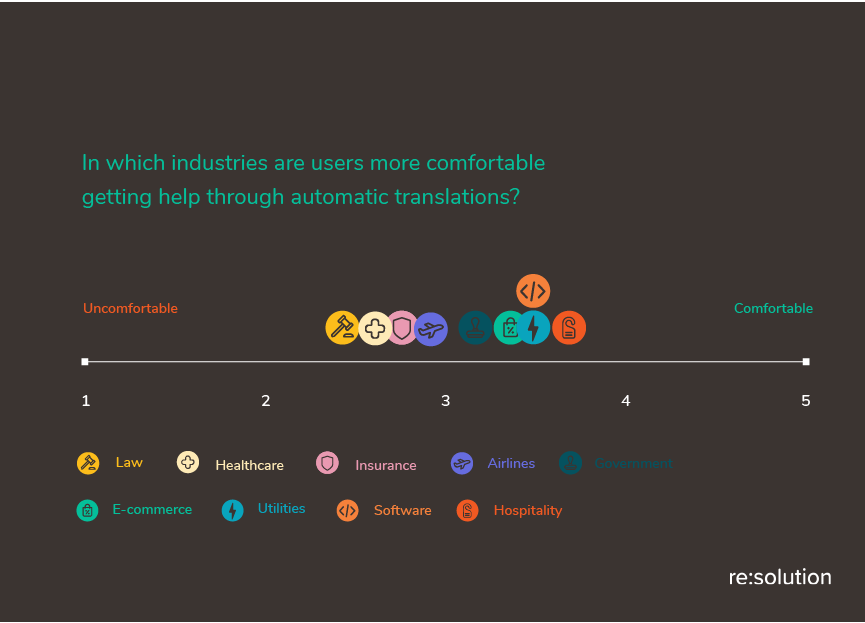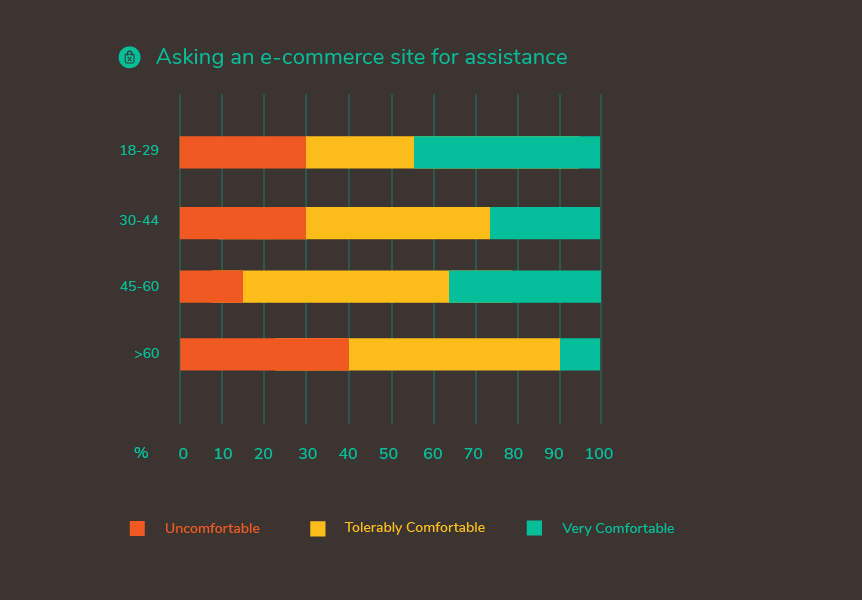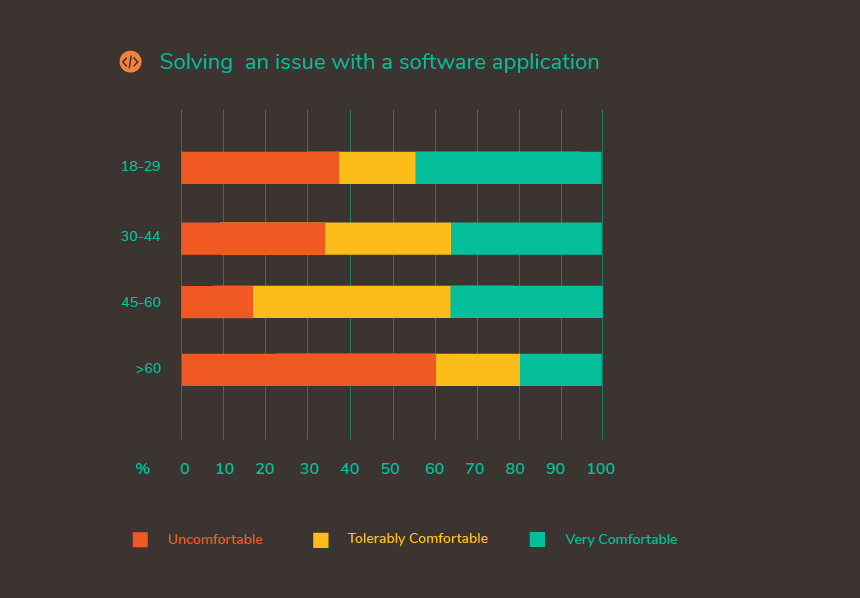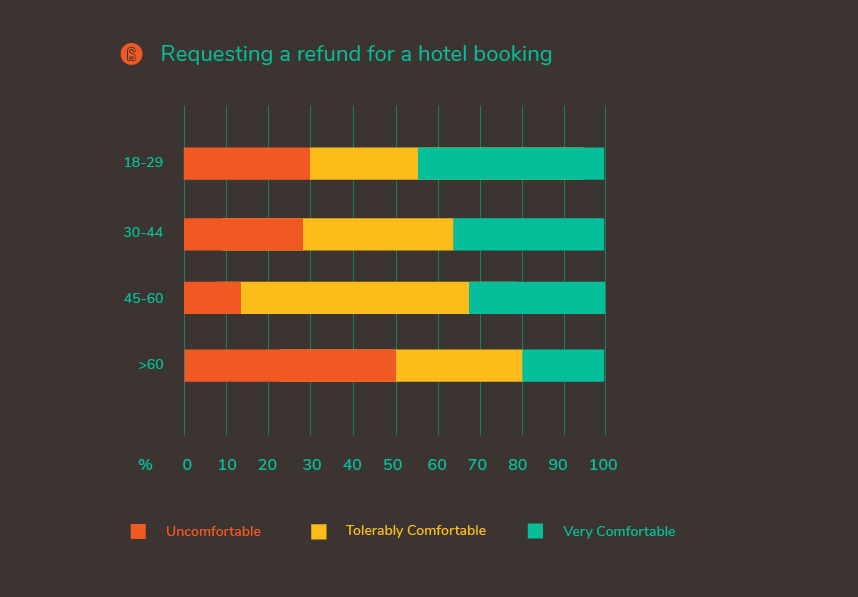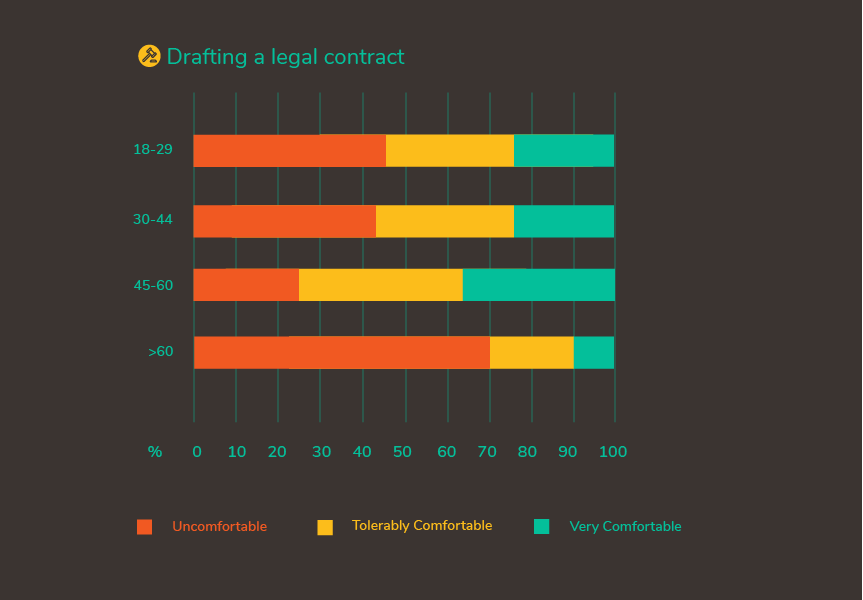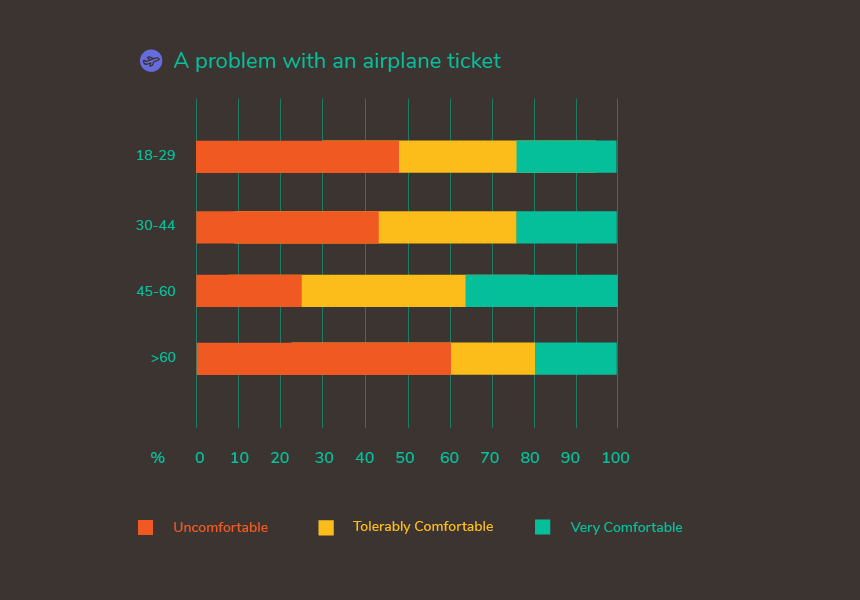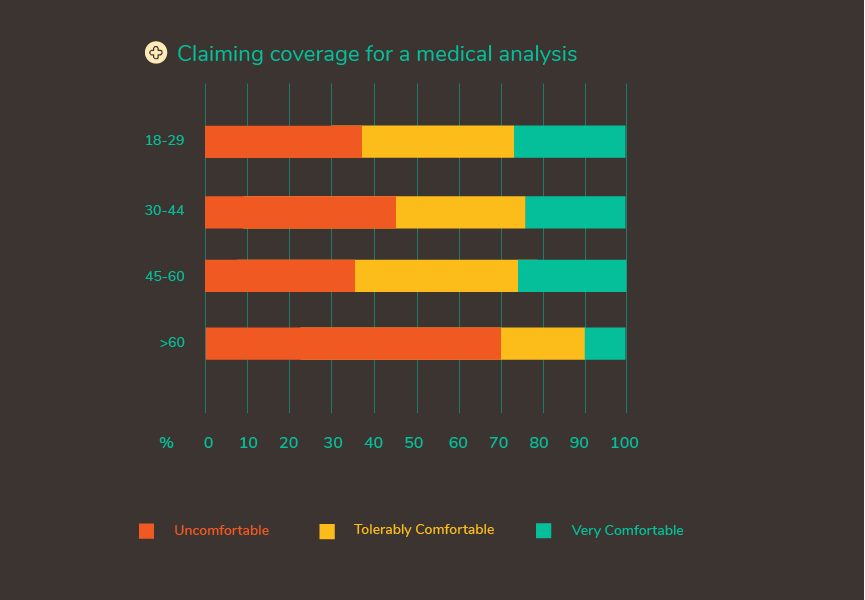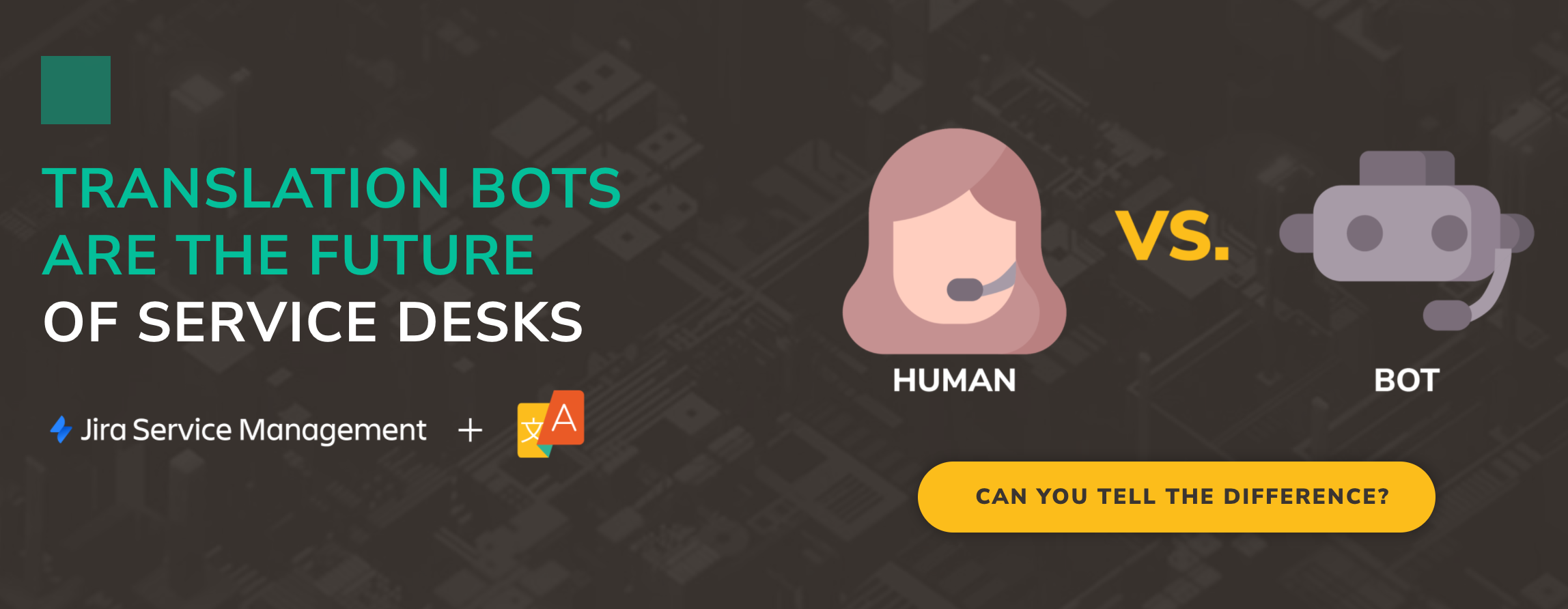
New Research:
Automatic translators are the next ITSM technology
Introduction: Are customers ready for Automatic Translations in Help Desks?
Introduction: Are customers ready for Automatic Translations in Help Desks?
With the introduction of neural networks in 2014, translation engines like Google Translate and DeepL stopped working on word by word equivalences. Instead, they started looking for meaning in patterns. Year after year, these machine learning tools have become more sophisticated, mistakes less obvious.
Customer support teams are ripe for disruption. The industry will be deeply reshaped by the ability to communicate with any customer, regardless of team member’s language skills.
Some professions are adapting significantly. Professional translators already sell post-editions of machine translations. They eliminate errors, adjust tone, and add a human touch. They save time that used to be spent typing and creating a first draft that required a review anyway.
Customer support teams are also ripe for disruption. The industry will be deeply reshaped by the ability to communicate with any customer, regardless of team member’s language skills.
For a long time, automatic translations were rejected as a valid ingredient of a customer care conversation. But at some point, the inaccuracies and mistakes of machine translations will become acceptable to the public.
Has that moment arrived? We asked the public. If we’re not there yet, it seems pretty close.
Key Results
- Over 60% of survey takers were unable to distinguish an AT message from a human one.
- 63% of respondents said an automatic translation is always better than not having support in their mother tongue.
- 10% of users will move away from providers that don’t offer support in their mother tongue.
- 55% believe translations are very accurate. This opinion peaks among the younger users (68%) and those with the habit of writing in a foreign language (85%). On the contrary, automated translations are flawed for users aged 60+ (66%). Users who never write in a foreign language have an even worse opinion (87%).
- Supporting customers is the most popular business goal for adopting automatic translations in professional environments, followed by cross-team collaboration.
- Writing in a different language is the most common way to use online translators. Over 20% access them every week compared to about a 15% who use them to understand texts in English.
- Hospitality is the industry where most users feel comfortable engaging in AT-assisted conversations, followed by software and e-commerce. Law, finance, and healthcare, on the contrary, are the industries where consumers feel less inclined to engage with automatic translations.
Technical information
- Survey conducted on March 11 2021 to 226 respondents
- Profile of the respondents: Full-time employees based in Germany, aged 25 to 65
Here’s the full report!
Users can’t tell the difference between an automatic translation and a non-translated message
Would you be able to tell the difference between a machine translation and a human message? Judging by our little experiment, you would be wrong most of the times: only 38% were able to do so.
Do you want to know how we run the experiment? Check out this post.
We showed respondents two messages:
- One of them had been written in Spanish, then translated into English with Google Translate
- The other had been written in English by a customer support agent, but also with grammar and vocabulary mistakes.
Then, we asked them which message they would rather receive. Most of them agreed the automatic translation was better.
When we pitched the messages against each other, we asked users to make a real world decision.
Machine translations aren’t 100% perfect yet. But neither are the messages that non-native speakers write every day, all over the world. Users already prefer the machine translation.
Personal use of online translators
Some people assume that online translators are mostly used to understand texts and messages found online.
Our survey tells a different story. Writing in foreign languages is the most common use case for online translators.
More than 20% of professionals use them every week for that purpose, compared to the 19% for understanding other foreign languages. Writing in English came third (17%) and understanding English last, with only 15%.
User feelings towards the lack of native support
How do customers feel when they get support in English, but not in their own language?
For the German market, offering support in English is mostly ok. However, 23% fear that communication in writing will be difficult. In other words: companies who don’t provide native support risk losing 1 in 4 customers.
However, this benchmark will change from market to market.
How do customers feel when support in their language is subpar?
Over 1 in 10 users will look somewhere else if they can’t find help in their own language.
It’s hardly the only sign of concern for company owners and support managers. Almost 1/4 of respondents considered it an unprofessional offering, with over 1/3 fearing communication failure.
On the bright side, respondents also expressed empathy and confidence over communication.
Analyzing variations in customer feelings
Feelings depend on each user’s skills and circumstances: what languages did they learn in school? How much experience do they have talking and writing in English? How many of their daily interactions are not in their native tongue?
It’s impossible to capture every nuance in a survey. However, there are very interesting clues doing a multivariable analysis. We selected two demographic variables: age and language skills.
Age
- Younger generations have more resources to remain in control even when they don’t have everything in favor. They can make an effort to be understood, and it’s rare for them to run away from the situation.
- On the contrary, older respondents are not willing to go into situations of stress to get help. They are also less empathetic, and most afraid about not being able to communicate.
How frequently respondents write in a foreign language
This is a more complex picture that requires careful attention and perhaps more data. But there’s one interesting insight.
Users that never write in a foreign language are 4 times as likely to look for support somewhere else. These can be extremely volatile customers unless assured that they can complete the entire journey in their mother tongue.
Acceptance level of Automated Translations in support conversations (ATSC)
Are automatic translations good enough for customers?
We asked a simple question to understand how accurate are automatic translations for end users. And a majority of respondents (56%) agree that automatic translations are already very accurate.
German users vs expats
Our survey included a number of English-speaking expats based in Germany. Here’s how their answer compares to German respondents:
It seems that expats are early adopters in the everyday use of translation software. Experiencing a foreign language every day and having to communicate in it may explain the difference.
Age
Again, drilling down by Age shows a clear pattern. The appreciation of automatic translations is directly proportional to how young the user is. Younger professionals are very comfortable using every translation tool at their fingertips.
Writing in a foreign language
A similar proportional pattern can be found when grouping users by how often they write in a second language. The less a user writes in a different language, the less they feel capable of judging how good a translation is.
Similarly, many professional translators know that they can use automatic translations to create a first draft. Afterwards, that output can be reviewed manually.
Expectations of adopting Automatic Translations in Customer Support Conversations (ATSC)
Does the public trust ATSC?
Should companies adopt automated translations to speak their customers’ language? In which situations?
These strategic questions are backed with the outstanding acceptance of ATSC.
Business goals promoted by automatic translations
Companies can deploy translation software to improve other types of communications. But currently the perceived potential is lower than for customer care conversations.
Compared to the 42% of respondents who were confident about the value of ATSC, all other goals gathered less interest.
Industry ranking: user comfort with ATSC
Consumers are not equally comfortable with ATSC across industries.
We asked about user’s degree of comfort engaging with Automatically Translated Support Conversations in different contexts, resulting in this ranking:
On the left, Legal Services are the most sensitive industry, followed by Healthcare, Insurance, and Airlines. All of these are heavily regulated industries with a potentially high economic impact. Consumers seem to be of the opinion that there needs to be a strong review process for anything a machine translates.
On the other end, Hospitality is the best opportunity for ATSC, followed by Technology, E-commerce, and Utilities. Users feel that these transactions are more mundane and the impact of machine translation errors will be smaller.
Surprisingly, Public Administration ranked between the two clusters, and not among the sensitive industries.
For every industry (even those who ranked poorly) the number of respondents who stated they were comfortable outnumbered the uncomfortable ones.
The ranking is, however, only an average. Underneath, many different attitudes are taking shape. Again, the distribution of comfort in different generations is a good illustration of this aspect.
As younger generations enter the market, automatic translations will become more and more important.
How comfortable are different generations getting help through automatic translations?
Conclusion
The results of this research show a strong trend towards the adoption of Automatic Translations in Customer Support Conversations (ATSC). They counter a number of popular beliefs, including the notion that customers should only be supported by native speakers. The trend is growing quickly with each generation showing a higher acceptance of automated translations.
For companies, ATSCs are a huge opportunity for offering great customer service cheaply. Simple practices can increase customer satisfaction. Growth can be exponential and make organizations more resilient as they capture demand in every market.
For e-commerce, software, and tourism the opportunity is particularly interesting. Customers in these sectors feel more comfortable.





